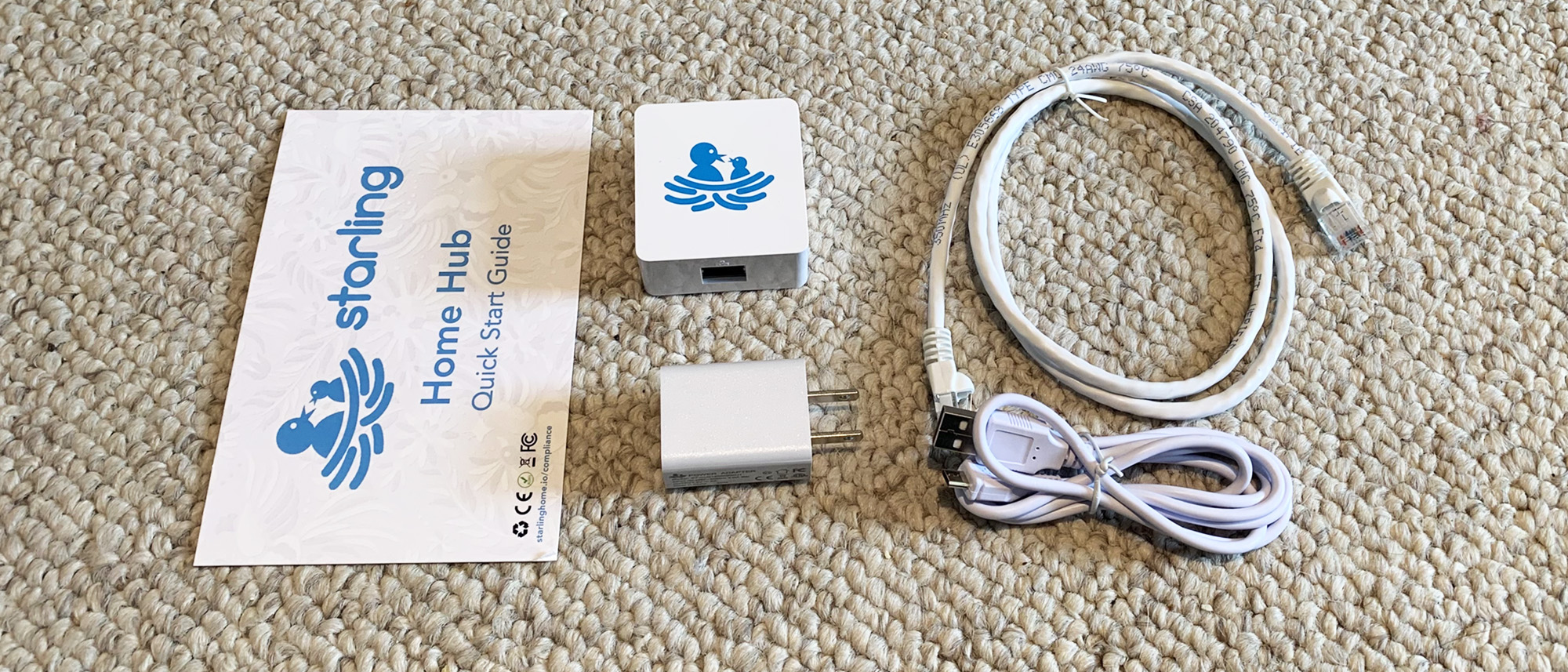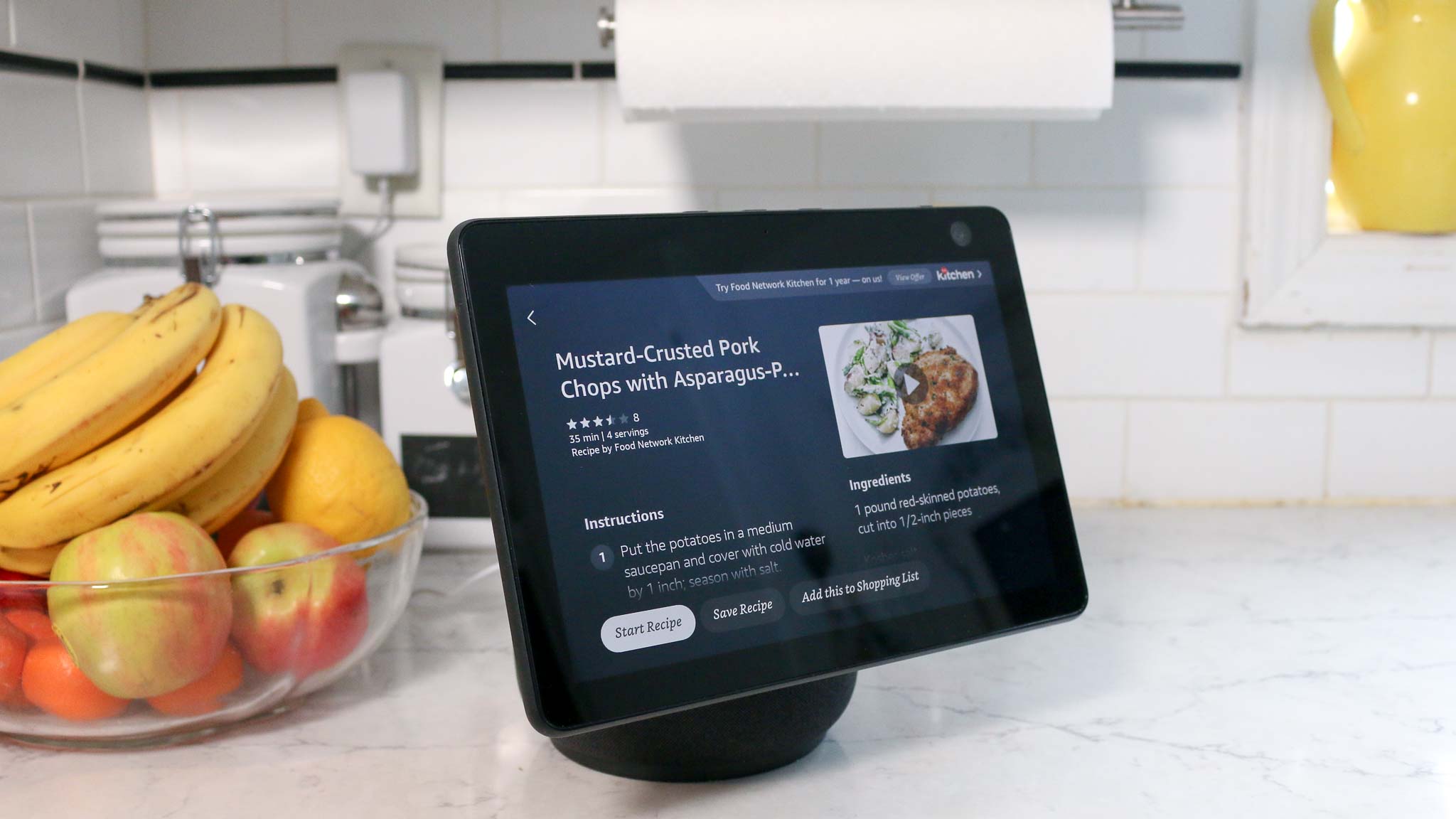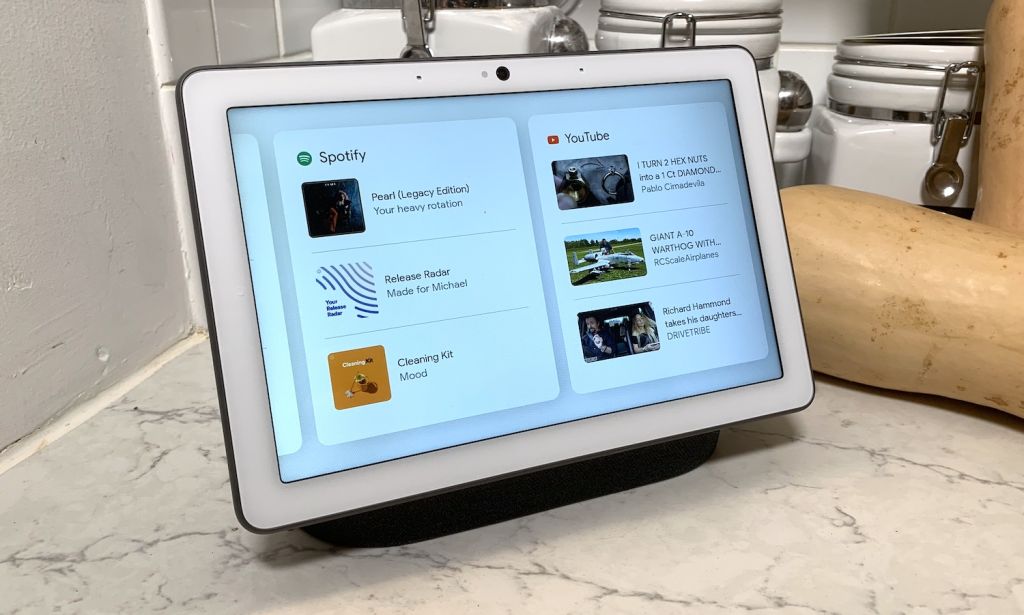The best smart home hubs of 2021
The best smart home hubs make it easy for all of your smart home devices to work with each other. If you have smart lights, smart locks, and a smart thermostat, a smart home hub will let you connect them, so that they work in concert with each other. For example, when you leave your house, a smart home hub can tell your lights to turn off, your locks to shut, and your thermostat to lower the temperature.
That’s just one of the things a good smart home hub can do, but some are more capable than others. That’s why we’ve tested the leading devices on the market to let you know which is best.
What are the best smart home hubs?
For years, our favorite smart home hubs has been the Samsung SmartThings Hub, not so much for the hardware, but for Samsung’s SmartThings platform, which makes it easy to connect Zigbee, Z-Wave, and other devices. It even has a home monitoring component, which can send you an alarm, record video, turn on lights, play sounds, and unlock your doors in the event of a smoke or fire alarm. And, it now works with Nest products, something it’s been missing for years.
However, Samsung is no longer making its SmartThings Hub, so to use its SmartThings platform, you’ll need the Aeotec Smart Home Hub ($125) or another SmartThings-compatible hub.
The 4th-generation Amazon Echo will probably appeal to more people, as it doubles as a smart speaker. It lacks Z-Wave, but has Zigbee, Bluetooth and Amazon Sidewalk. Amazon’s Alexa app allows you to create routines that can activate your smart home devices through triggers, such as you leaving or arriving home. Alexa Guard can also turn on smart home devices if your Echo hears a fire alarm or a window breaking. And, because the Echo is a smart speaker, you can also control your smart home devices by talking to Alexa.
Read on for all the best smart home hubs.
The best smart home hubs you can buy today
With Bluetooth, Wi-Fi, and Zigbee, the Amazon Echo (4th generation) is the best smart home hub for most people. Thanks to its multiple radios, it can connect to a huge number of low-power smart home devices, and Alexa’s routines are pretty sophisticated, letting you use a number of triggers to automatically activate other smart home devices. It also works with Alexa Guard, which will listen for glass breaking and smoke alarms, and can turn on your lights and notify you in the event of an emergency.
The 4th-generation Echo also supports Amazon Sidewalk, a very new low-power, long-range networking protocol, which will work with things such as Tile trackers and smart lights over much greater distances.
Read our full Amazon Echo review.


The third-generation Samsung SmartThings hub is one of the best smart home hubs because it has both Zigbee and Z-Wave inside, so you can connect to hundreds of devices, more than most other hubs. What’s more, the SmartThings app is loaded with functionality, which lets you create a wide range of different scenarios for all of the gadgets in your home. Best of all, SmartThings now works with Nest products, making it a truly complete smart home hub.
Samsung is no longer making the hardware for its hubs, but other companies are making SmartThings-compatible hubs. Stay tuned for our review of these third-party SmartThings hubs.
Read our full Samsung SmartThings review.

We actually think that Apple’s HomeKit smart home platform is better than Google’s. Even though HomeKit supports fewer devices, it allows for greater complexity when creating smart home routines. And, we don’t have to worry as much what Apple is doing with our data.
The HomePod mini is not only an affordable smart speaker, but it also acts as a HomeKit hub, letting you connect locks, lights, and other low-power devices directly to it. The HomePod mini also has Thread built in; while there are relatively few smart home gadgets that have this technology, we expect it to increase in popularity, as it’s supported by both Apple and Google.
Read our full Apple HomePod mini review.

At just $49, the Echo Dot is half the price of most of the other best smart home hubs, making it an inexpensive investment for those just getting into smart home automation. While it lacks Zigbee or Z-Wave, if your smart home devices have Bluetooth or Wi-Fi, this shouldn’t be a problem.
And, via the Alexa app, you can create some surprisingly powerful routines; we especially like Alexa Guard, which can activate smart home devices if it hears fire alarms or glass breaking.
You can purchase the Amazon Echo Dot in a few flavors: The 4th-generation Echo Dot costs $49, the 4th-generation Echo Dot with Clock (our personal favorite) is $59, or the older (and flatter) 3rd-generation Echo Dot, which now costs $49.
Read our full Amazon Echo Dot review.

The Starling Home Hub does one thing, and does one thing well: It connects Nest devices — such as the Nest Learning Thermostat and the Nest Protect — to Apple’s HomeKit smart home platform. (Sadly, Apple and Nest have never played well together). This means if you’re using Apple’s smart home platform, you can use some of the best smart thermostats and best smart smoke detectors.
But that’s all that the Starling Hub does, and it doesn’t let you view Nest security cameras on HomeKit. You can’t have everything, but for what the Starling does, it’s really handy.
Read our full Starling Home Hub review.

Because of its steep learning curve but incredibly granular controls, the Hubitat Elevation is the best smart home hub for power users. Homeowners who want to create incredibly specific rules and situations for when their smart home devices activate will appreciate all that you can do from within Hubitat’s web interface.
The Hubitat Elevation itself is very small — the size of a thick coaster — but packs in both Zigbee and Z-Wave antennas. However, it lacks Wi-Fi, so you’ll have to plug it into your router in order to use it. When we first reviewed the Hubitat Elevation, it lacked a smartphone app, so you had to control everything through a web interface. Since then, the company added a mobile app for both Android and iPhones, making it easier to monitor your smart home on the go.
Read our full Hubitat Elevation review.

One of the best smart home hubs and smart displays in one device, the third-generation Amazon Echo Show 10 can now turn to face whoever is asking Alexa questions. It ensures that you get the best view of the screen, but as a result, requires a lot more room than previous models.
Like the Amazon Echo Plus, the Echo Show has Zigbee built in, so you can connect smart home devices directly to the Show. It also has Amazon Sidewalk, a new networking technology that connects low-power devices to the Internet at greater distances. However, at $249, it’s one of the more expensive smart home speakers around. We’d recommend purchasing it for its other features before considering it as a smart home hub.
Read our full Amazon Echo Show 10 review.

Apple’s HomeKit smart home platform isn’t as popular as Google’s or Amazon’s, but it is very powerful for what it offers, namely, a fairly sophisticated setup of interactions between your smart home devices. However, these devices all have to be connected through a smart home hub.
While you can use a variety of Apple products as a HomeKit hub—an iPad and the HomePod also work—the Apple TV 4K is the least expensive method. Plus, it’s one of the best streaming devices around, letting you watch 4K HDR content from a large number of sources via an easy-to-use interface. We’re not fans of its remote, though.
Read our full Apple TV 4K review.

Available in a three pack for $289 (or $120 per device), the Samsung SmartThings Wifi is the best mesh Wi-Fi system we’ve reviewed at this price. But more than just a mesh router, the SmartThings Wifi also acts as a smart home hub, letting you create automations for connected home devices, such as timers for smart lights and powered window shades, and deep integration with Samsung’s own smart home products.
It’s one of the best mesh Wi-Fi options for anyone who is into home automation, and an economical way to fill just about any home with Wi-Fi while satisfying demanding users.
Read our full Samsung SmartThings Wifi review.

The Google Nest Hub Max is an excellent smart display: It has a spacious 10-inch screen which can be used for watching YouTube and Netflix, looking up recipes, news, and more; its dual speakers are powerful; and its 6.5MP camera is great for Google Duo video calls, and will even “follow” you as you move across the room.
Connectivity-wise, it has Wi-Fi, Bluetooth, and Thread, a new smart home networking protocol that Google has been trying to popularize for a few years. The Nest Hub Max’s display can be used to view live footage from Google Assistant-compatible home security cameras, video doorbells, and baby monitors, and on-screen controls let you adjust smart light levels. However, as a smart home platform, Google Home doesn’t have nearly the same sophistication as Alexa or HomeKit.
Read our full Google Nest Hub Max review.
How to choose the best smart home hub for you
When choosing a smart home hub that’s best for your needs, you first have to ask yourself what you want to do with it, and what you want to control. If all you have is one set of smart lights, then you probably don’t need a smart home hub. But, if you have smart lights and a smart lock, and want the lights to turn on when the lock opens at night, then you might need a smart home hub.
Consider the products you want to connect. If they’re all on Wi-Fi, then you can use a smart home hub like the Amazon Echo Dot, and use the Alexa app to control everything. If you have other types of devices — Zigbee and Z-Wave, for instance — you’ll need to purchase a smart home hub that can receive those signals.
How we test smart home hubs
Testing smart home hubs involves us installing the hubs in a real-world scenario, and seeing how well they perform. How easy is it to set up, both in terms of the hardware and the software? How simple is it to connect other smart home devices to the hub?
After that, they key to any smart home hub is determining how complex you can make the interactions between various smart home devices. For instance, if a hub only lets you create rules based on the time of day or when you speak a command, then that’s pretty limited. The best smart home hubs will let you do much more, such as changing their status based on your location or what happens when another smart home device turns on or off.
We look to see how sophisticated we can make these rules and routines, and the ease with which we can create them. Lastly, we test the routines we create to see how well they work.
For all the latest Technology News Click Here
For the latest news and updates, follow us on Google News.
